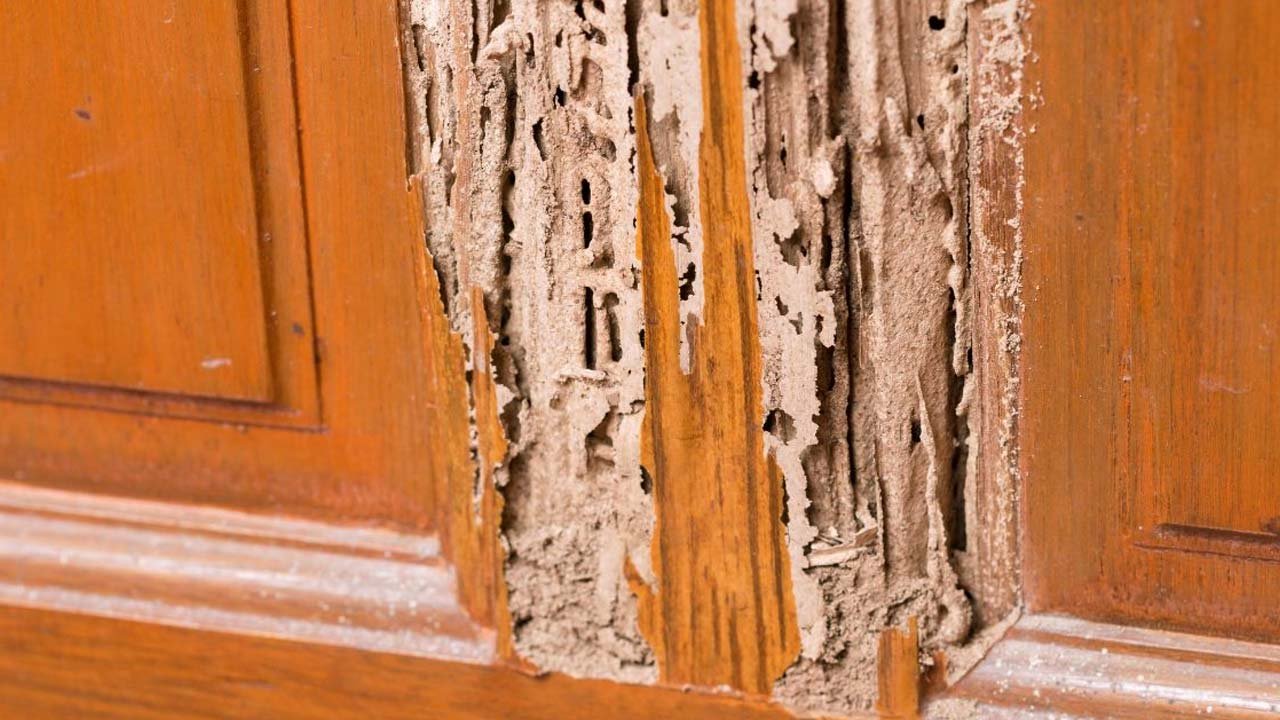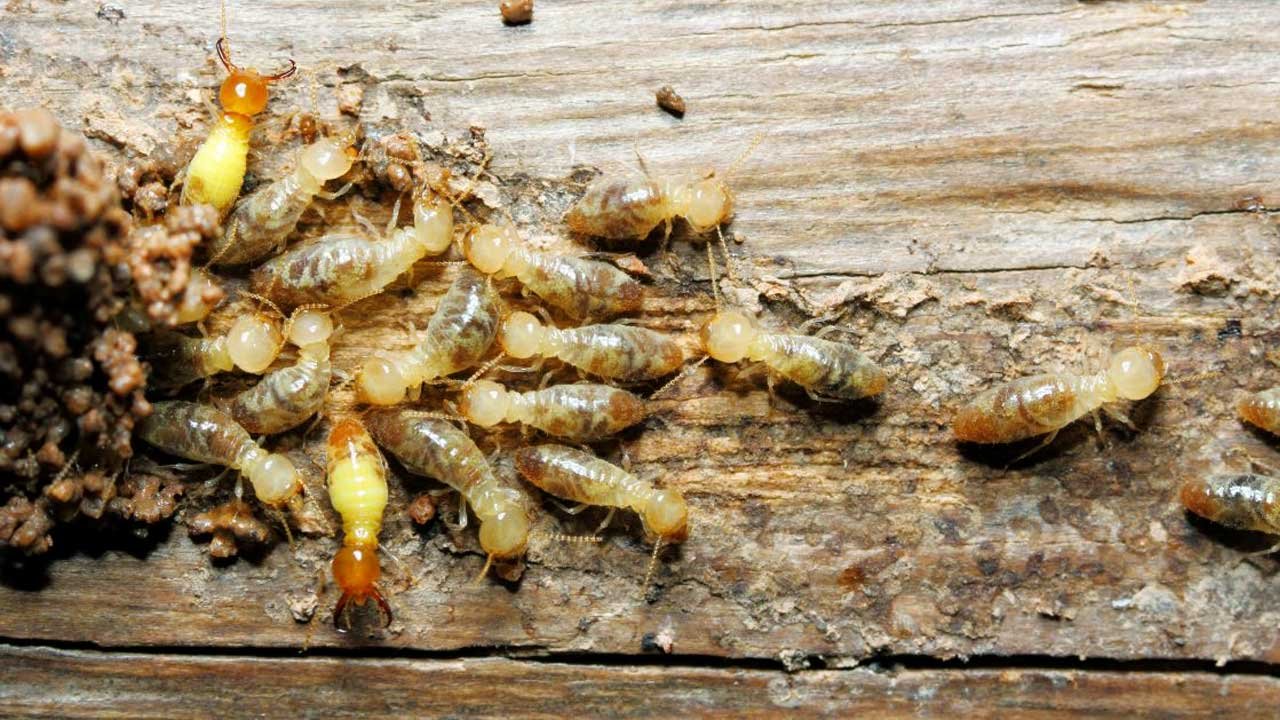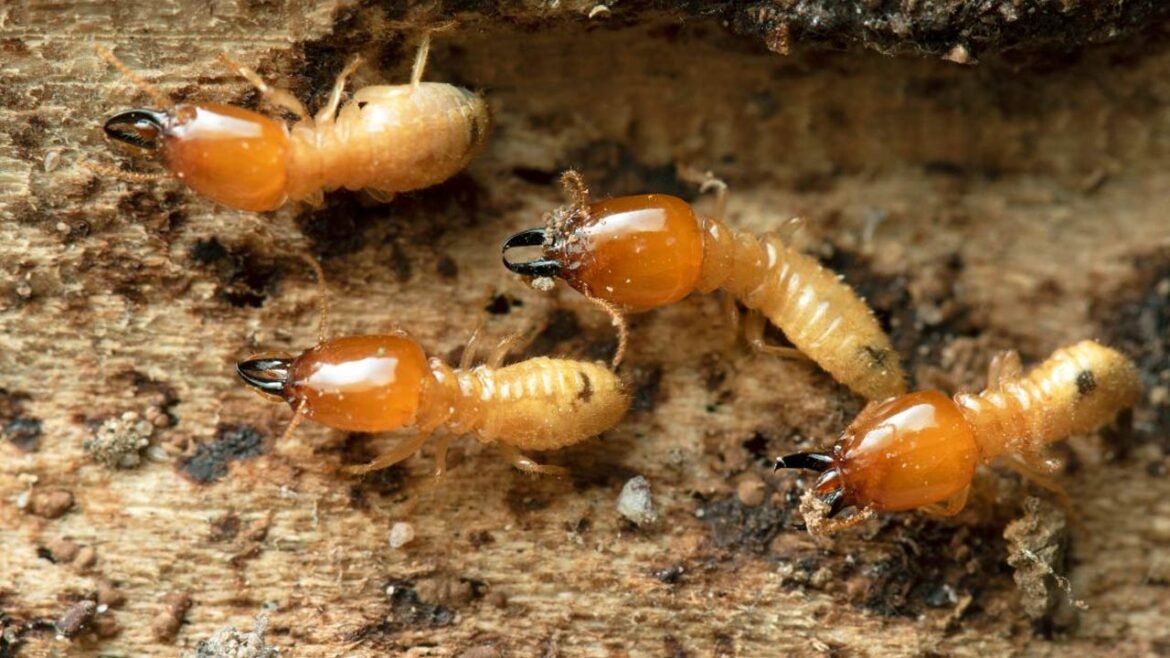Termite infestation control is crucial for safeguarding your property against costly damage. These pests can silently weaken the structure of your home, often going unnoticed until serious harm is done. The most effective termite infestation control involves early detection, professional treatment options, and ongoing prevention efforts.
You need to recognize the signs of termite activity and act promptly to minimize the risk. Regular inspections and the use of barriers or baiting systems can help keep termites at bay. Knowing which control methods suit your specific situation will save you time and money in the long run.
Taking control of termite problems means combining thorough monitoring with targeted treatments. You don’t have to deal with infestations alone; professionals can help create a plan tailored to your needs.
Understanding Termite Infestation Control
Termite infestation control demands precise knowledge of how termites operate and the species that pose the greatest threat to your home. Effective treatment depends on correctly identifying the problem and the type of termites involved.
What Is Termite Infestation Control
Termite infestation control involves measures to detect, prevent, and eliminate termite colonies that damage wooden structures. You must act promptly to avoid costly repairs by stopping termites before they cause severe harm.
Control methods include chemical barriers, bait systems, and physical removal. Chemical treatments target termites’ access points, while bait systems lure and poison the colony. Regular inspections are crucial for detecting infestations early. Understanding the termite lifecycle helps you apply control measures effectively and safeguard your home.
Types Of Termites Affecting Homes

You need to recognize the two most common termite types that invade homes: subterranean and drywood termites.
| Termite Type | Habitat | Behavior |
| Subterranean | Soil, underground tunnels | Build highly destructive mud tubes |
| Drywood | Dry wood inside structures | Live and feed within wood without soil contact |
Subterranean termites are the most widespread and cause extensive damage by tunneling from soil to wood. Drywood termites infest dry wood and are harder to detect. Identifying the type of termite present guides your termite infestation control approach and determines how you deal with termites in your home.
Detecting and Identifying Termite Infestations
Knowing what to look for early and how to evaluate the severity of the problem is crucial. Detecting termite infestation signs early can prevent costly damage. Understanding the extent of infestation helps you determine the most effective termite infestation control method.
Early Warning Signs of Termite Activity
Look for visible signs such as mud tubes on walls or foundations. These are narrow tunnels termites build for moisture and protection.
Another sign is discarded wings near windowsills, doors, or light fixtures. Termites shed these wings after swarming.
Check for hollow-sounding wood by tapping it; it may indicate internal damage. Also, look for cracked or bubbling paint, which could mean moisture from termite activity.
You may notice small piles of sawdust or termite droppings, known as frass, near wooden structures.
Regular pest control for termite prevention in Dallas often includes inspections focused on these early signs.
Assessing the Extent of Infestation
Once you detect signs, assess the extent of the damage. Use a flashlight and a screwdriver to probe wood in various locations.
Damaged wood should feel soft or crumbly and may break easily. Inspect structural components like floor joists, support beams, and subfloors.
Look beyond visible surfaces. Termites can infest inside walls, under concrete slabs, or inside crawl spaces.
Mapping all affected areas helps communicate clearly with pest control professionals for targeted termite infestation control.
Understanding the scope of infestation also informs prevention efforts aimed at reducing future termite damage.
Effective Termite Management and Prevention

Managing and preventing termite infestations requires targeted actions that safeguard your property’s structure and reduce future risks. Addressing vulnerabilities early and using effective treatments helps maintain safety and value.
Protecting Property From Termites
Start by eliminating direct wood-to-soil contact around your property. Termites often enter through wooden structures touching the ground, so use concrete or metal barriers where possible.
Keep gutters, downspouts, and the drainage system working well to prevent moisture buildup near foundations. Excess moisture attracts termites and weakens your home’s exterior.
Regular inspections around the foundation, eaves, and crawl spaces are essential. Look for mud tubes, discarded wings, or damaged wood to catch infestations early.
Preventive Measures for Homeowners
Store firewood, lumber, and mulch away from your home’s foundation. These materials provide easy access to termites.
Maintain proper ventilation in crawl spaces and attics to reduce humidity. Use vapor barriers to manage soil moisture under floors.
Seal cracks and crevices in your home’s foundation and exterior walls to block termite entry points. Keep plants and shrubs trimmed back from the siding to prevent damage.
Professional Termite Management Solutions
Professional termite management solutions combine thorough inspection, targeted treatment, and ongoing monitoring tailored to your specific property. Experts apply termiticides or baiting systems to effectively eradicate colonies.
In Dallas, termite treatment and prevention involve localized strategies that address common species and soil conditions. Professionals can spot hidden infestations and apply chemical or non-chemical treatments safely.
Engaging professionals ensures long-term protection through scheduled inspections and maintenance plans, reducing costly structural damage.
For expert help with termite management solutions and other pest control needs, call Critter Stop at (214) 234-2616 for a free inspection. Critter Stop is renowned for reliable, humane pest removal and consistently earns outstanding reviews for high-quality work and excellent customer service.


